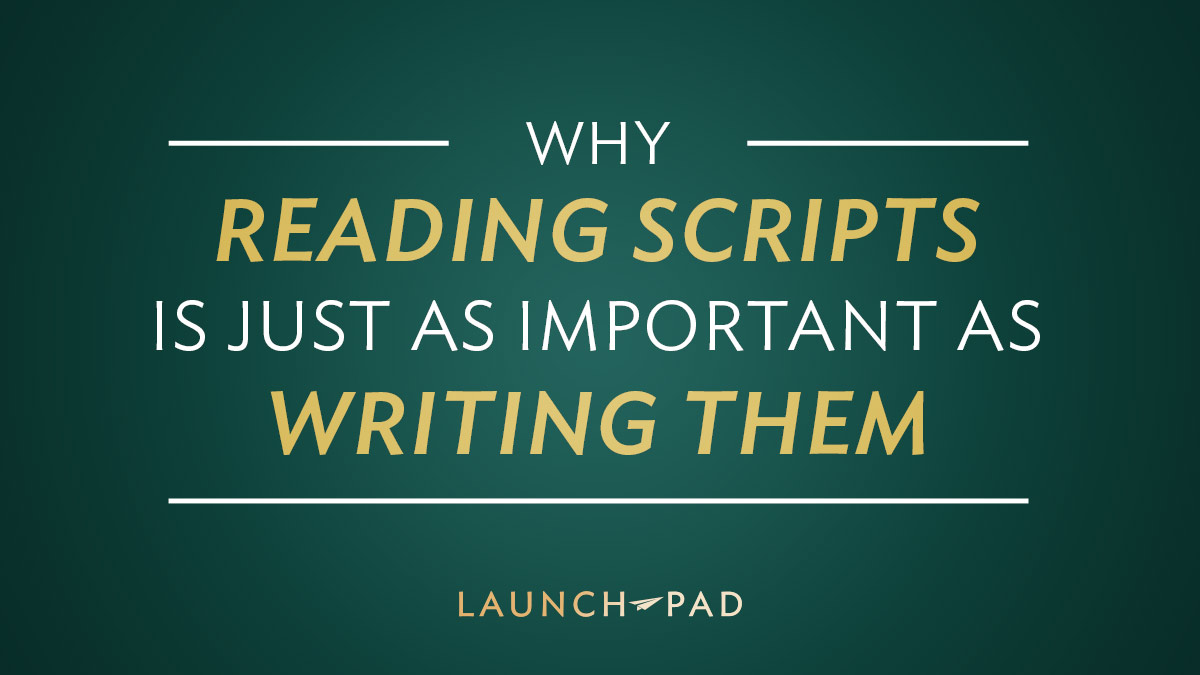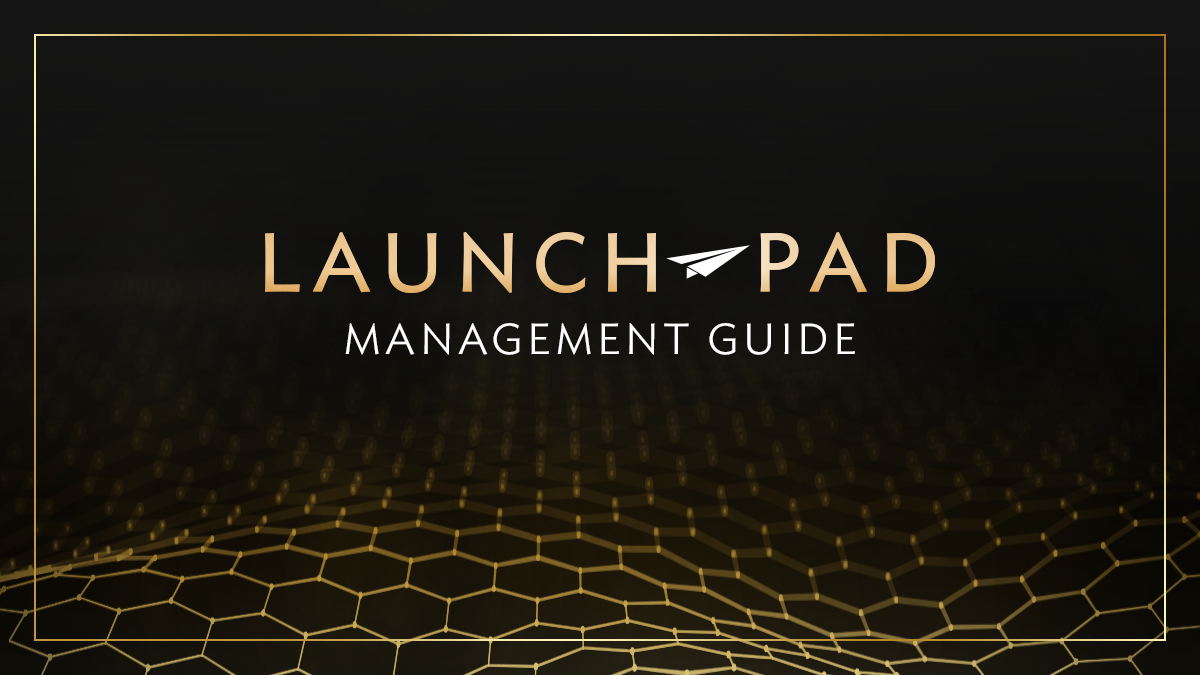
Most of us have been watching movies our whole lives. But as we’ve set our sights on the craft of writing films, the importance of reading screenplays has become clear. Reading a screenplay or TV pilot can help break down the story scene by scene, character by character. The limited descriptions of characters and locations can help a writer realize just how much of the world should be put on paper and how much is left to the actors, director, art department, etc.
Luckily, there are many screenplays available online to read for free. Studios often make them available to download during awards season, some can be found on Reddit, but another reliable source is the TSL Script Library, where hundreds of recent and classic screenplays are just a click away.
Here are seven reasons why you should start reading screenplays today.
The Set Up
We all know it’s important to hook the reader in the first 10 pages of a script. You are setting the table for a delicious hour and a half meal and the more surprising and fun that set up is can make all the difference, no matter what genre you’re writing in. Take a look at the Legally Blonde screenplay by Karen McCullah and Kristen Smith (based on the novel by Amanda Brown). The opening scene with signing the “Elle and Warner forever” card, though wisps of blonde hair set to a song by the Go-Gos perfectly sets up the journey Elle Woods is to go on and makes us want to be with her every step of the way.
Three Act Structure
As much as we think we have a handle on story structure, it’s really helpful to see it in action on the page. Seeing what exactly happens on page 30, page 45, page 60, can be a really helpful guide as we structure our own stories into acts.
Page count
How long should your screenplay be? We know that feature scripts shouldn’t be shorter than about 90 pages or longer than 120 but there are exceptions. Certain genres, like horror, tend to be in the 90s range. Jordan Peele’s Get Out is barely 98 pages, while A Quiet Place, by Bryan Woods & Scott Beck and John Krasinski, has so little dialogue, that it’s a very lean 81 pages! Some genres, like biopics and action films, tend to be longer. Some writers are famous for having very lengthy screenplays. Christopher Nolan’s Tenet is a massive 147 pages. Aaron Sorkin’s script for The Social Network is a whopping 163 pages.
Dialogue and subtext
Rich, subtext-laced dialogue is an art form in itself. Seeing dialogue on the page is a lot different than hearing it in a movie. Rarely in life does anyone say exactly what they mean or exactly what they want – it’s too confrontational. Instead, people often avoid saying difficult things or at least dance around them and your characters should, too. A TV show like Succession, created by Jesse Armstrong, has great, snappy dialogue and characters rarely willing to express their true intentions.
Watch and read at the same time
Reading a script while you’re watching the movie or TV show can be incredibly insightful. It’s fascinating to see how the characters and action go from page to screen. If you’re having trouble writing a TV pilot or film, try watching/reading one in a similar genre as an experiment. It may help get you un-stuck and back to writing again.
Keep up with the marketplace
Reading scripts that win screenwriting competitions or end up on the Black List is a great bellwether for what is trending in Hollywood. The screenplay for Promising Young Woman by Emerald Fennell made it on the 2018 Black List and is now nominated for four Golden Globe awards.
Get motivated
Could anyone have predicted how well the Netflix show Bridgerton would be received? Or how much it’s changing the way diversity is accepted as stories from history are reimagined? There is no excuse not to make any show or film inclusive to race and gender. Maybe you have a period piece of your own ready to be written. Make it diverse! The point is to take inspiration from reading successful screenplays, let them sink into your consciousness, and get writing.

